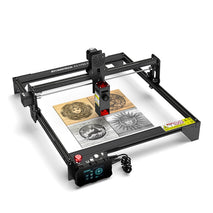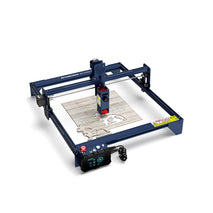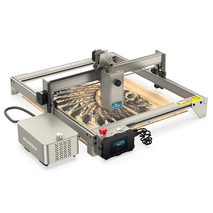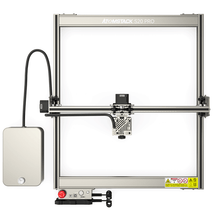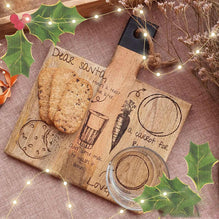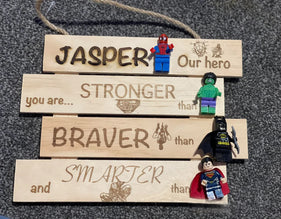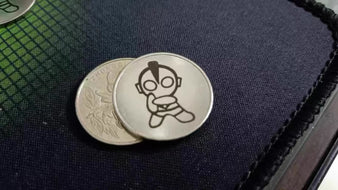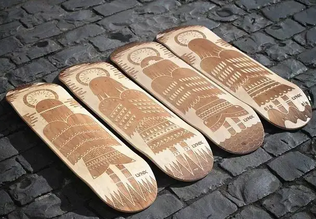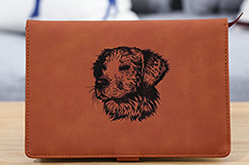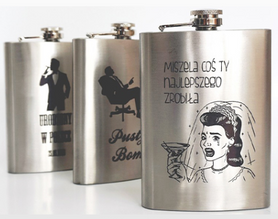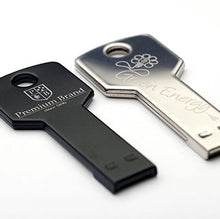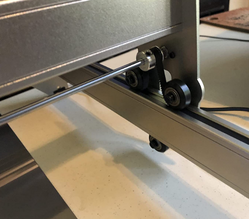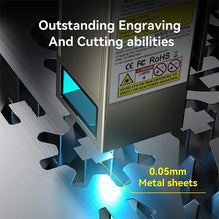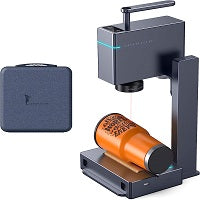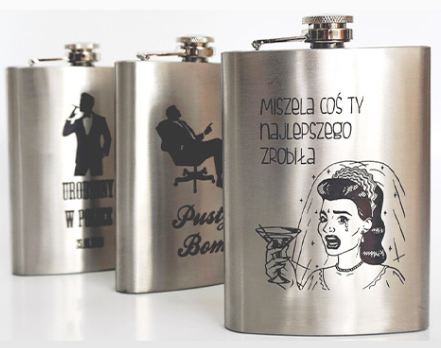
Our Metal Laser Engravers
Laser marking has become one of the most popular manufacturing processes today, especially for manufacturers and service providers who deal with metals. Thanks to high powered laser machines, complex designs can now be added to sheet metal in just a few minutes. Many industries also benefit from increased efficiency in metal cutting and engraving:
Aviation
Car
Aerospace
General Merchandise Manufacturing
Industrial manufacturing
Medical technology
Electronic product
Semiconductor production
With our metal laser marking, manufacturers can avoid downtime, achieve a clean finish and increase overall efficiency.
Metal Laser Marking for SMEs
It's not just large industries that benefit from laser technology. Small and mid-sized businesses can also benefit greatly from owning a laser cutting and marking machine.
Pricing: We offer some of the most affordable metal laser marking machines in the industry while maintaining high standards of product quality and performance.
Performance: Because we focus on the features you need, you can produce metal products with impressive speed and quality.
How does a laser mark metal?
Many laser machines use CO2 lasers to cut, etch or engrave designs on a variety of materials including wood, paper and rubber. Unfortunately, CO2 laser cutting systems cannot cut, etch or engrave metal like they can on other materials. For that, you need another type of laser: a fiber laser cutter.
What makes fiber lasers better for cutting metal? Its extremely small focal diameter produces high intensity output. High-precision fiber laser cutters can not only use marking compounds like CO2 laser cutters; they can also safely cut and engrave metal.
Here's how it works. Each machine has a laser head containing strategically positioned mirrors and a focusing lens. The machine produces a high-intensity beam of light that is directed through a focusing lens. The beam exits through the tip of the laser source and reaches the surface of the metal sheet or item in the cutting area.
The beam produced by the laser tube is invisible to the naked eye. What you will see is a laser head moving at high speed, directing the laser beam according to the design programmed into the computer.
Metal materials that can be marked with a CO2 laser cutter
Cut thickness plays an important logistical role in the materials you can cut with a pneumatic laser. If the thickness is correct, you can use the following metals in your laser marking process:
Steel
Aluminum
Alloy
Lead
Magnesium
Zinc
Copper
Iron
Application of marking materials
When it comes to laser cutting, some materials are excellent for their aesthetic appeal, while others are valued for their perfect technical components. Read on to learn more about various metallic and non-metallic materials and how to use them with your laser cutter.
Aluminum
Aluminum has the best strength to weight ratio, which is why it is used in aerospace engineering, but its surface is very sharp and scratches easily. That said, aluminum can still be painted, sanded, screen printed, and polished to improve the finish.
Stainless steel
Stainless steel is ideal for marking tools, utensils, handles, and other utensils that require exceptional durability. It is easy to sanitize and can be painted, drilled and sawn. It's made from a mix of chrome, nickel, and steel, which means it can withstand harsh conditions and resist rust. It works best with long-lasting technical parts, not pretty ones.
Raw steel
Raw steel is resistant to most thermal and mechanical stresses, but its surface is rough and reacts abnormally to laser machines. It is therefore best suited for purely structural work in the automotive, building and construction industries.
Aviation
Car
Aerospace
General Merchandise Manufacturing
Industrial manufacturing
Medical technology
Electronic product
Semiconductor production
With our metal laser marking, manufacturers can avoid downtime, achieve a clean finish and increase overall efficiency.
Metal Laser Marking for SMEs
It's not just large industries that benefit from laser technology. Small and mid-sized businesses can also benefit greatly from owning a laser cutting and marking machine.
Pricing: We offer some of the most affordable metal laser marking machines in the industry while maintaining high standards of product quality and performance.
Performance: Because we focus on the features you need, you can produce metal products with impressive speed and quality.
How does a laser mark metal?
Many laser machines use CO2 lasers to cut, etch or engrave designs on a variety of materials including wood, paper and rubber. Unfortunately, CO2 laser cutting systems cannot cut, etch or engrave metal like they can on other materials. For that, you need another type of laser: a fiber laser cutter.
What makes fiber lasers better for cutting metal? Its extremely small focal diameter produces high intensity output. High-precision fiber laser cutters can not only use marking compounds like CO2 laser cutters; they can also safely cut and engrave metal.
Here's how it works. Each machine has a laser head containing strategically positioned mirrors and a focusing lens. The machine produces a high-intensity beam of light that is directed through a focusing lens. The beam exits through the tip of the laser source and reaches the surface of the metal sheet or item in the cutting area.
The beam produced by the laser tube is invisible to the naked eye. What you will see is a laser head moving at high speed, directing the laser beam according to the design programmed into the computer.
Metal materials that can be marked with a CO2 laser cutter
Cut thickness plays an important logistical role in the materials you can cut with a pneumatic laser. If the thickness is correct, you can use the following metals in your laser marking process:
Steel
Aluminum
Alloy
Lead
Magnesium
Zinc
Copper
Iron
Application of marking materials
When it comes to laser cutting, some materials are excellent for their aesthetic appeal, while others are valued for their perfect technical components. Read on to learn more about various metallic and non-metallic materials and how to use them with your laser cutter.
Aluminum
Aluminum has the best strength to weight ratio, which is why it is used in aerospace engineering, but its surface is very sharp and scratches easily. That said, aluminum can still be painted, sanded, screen printed, and polished to improve the finish.
Stainless steel
Stainless steel is ideal for marking tools, utensils, handles, and other utensils that require exceptional durability. It is easy to sanitize and can be painted, drilled and sawn. It's made from a mix of chrome, nickel, and steel, which means it can withstand harsh conditions and resist rust. It works best with long-lasting technical parts, not pretty ones.
Raw steel
Raw steel is resistant to most thermal and mechanical stresses, but its surface is rough and reacts abnormally to laser machines. It is therefore best suited for purely structural work in the automotive, building and construction industries.
Older Post
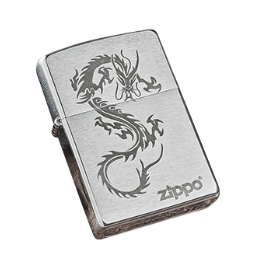 Newer Post
Newer Post
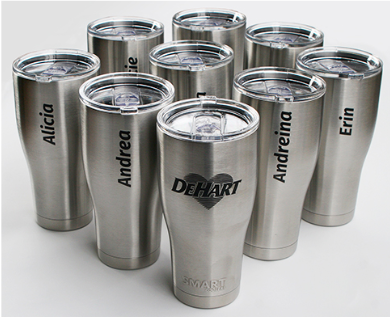
Laser Engraved Metal

6 Best Laser Engravers for Metal


